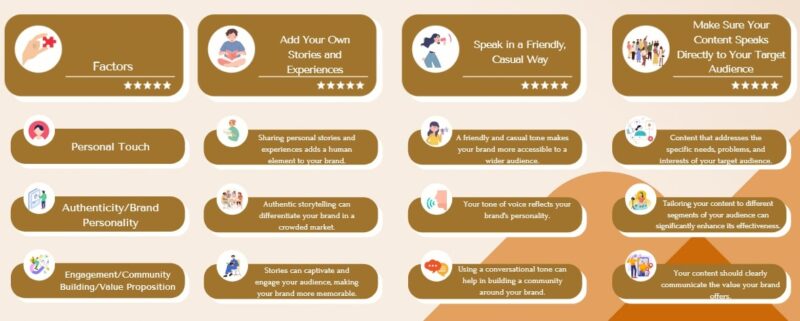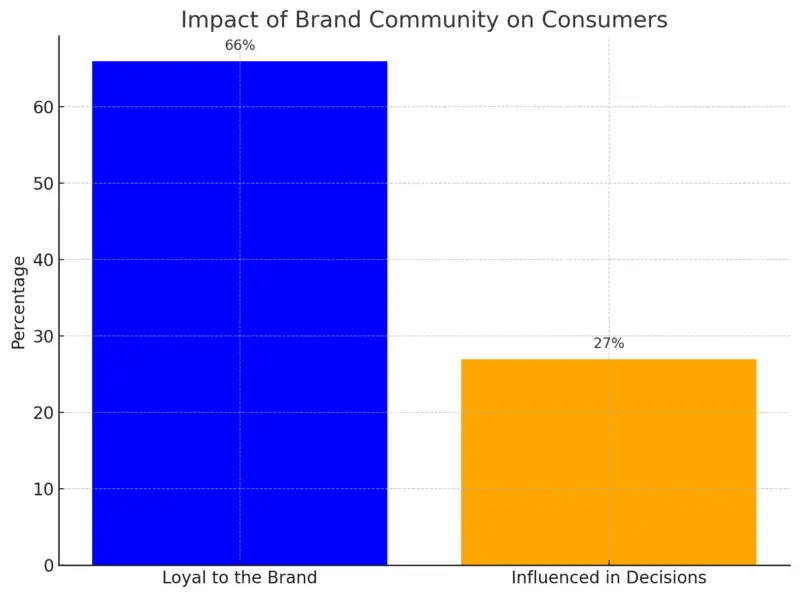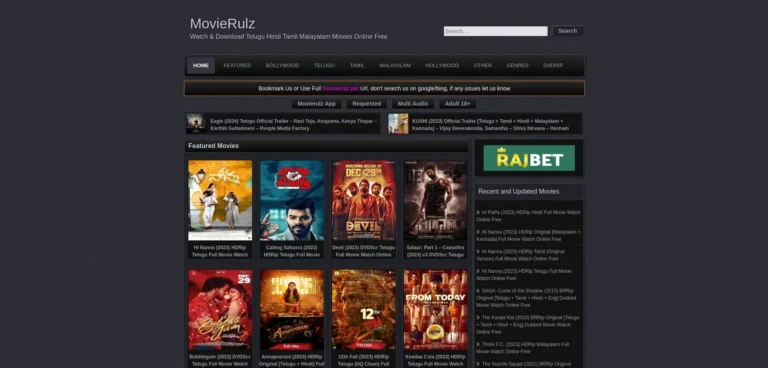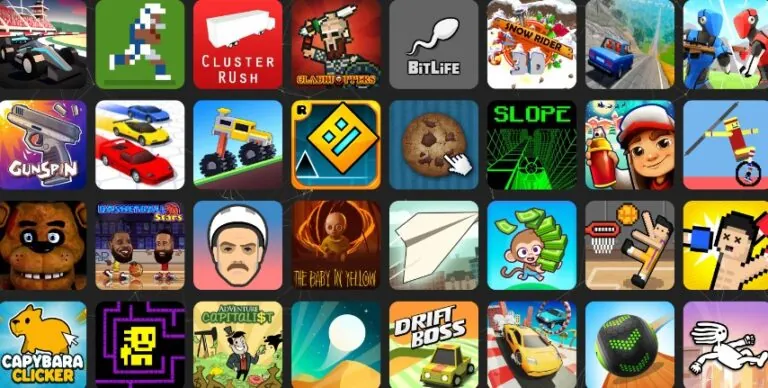You would think that because we live in the digital age, starting up your own business and creating your brand is a piece of cake – but that’s not really the case. If you are an entrepreneur, you know that the competition never sleeps, so you’ll need to create something unique – a distinct identity.
After trying and failing many times, I’ve decided to share my own insights and help you succeed.
Table of Contents
Toggle1. Define What Makes You Unique

In a world filled with entrepreneurs and startups, it is crucial for you to identify and communicate what sets you apart. This was the first advice I received when I was starting my own business. It’s not enough to rely only on the quality of your product – you’ll need more than that, my friend, the competition out there is wild.
Your unique selling proposition (USP) is not just what your business offers; it’s the story, values, and personality that you bring to the table. Are you a champion of sustainability, or do you offer an innovative solution to an age-old problem? You need to highlight these unique aspects as they’ll form the cornerstone of your personal brand.
Brand authenticity makes a world of difference. In fact, a recent report has showed that 88% of consumers consider this factor irreplaceable when deciding on what brand to support.
I recommend reflecting on your passions, experiences, and values. Identify how these elements differentiate you from competitors and articulate your USP clearly in your messaging.
2. Personalize Your Approach

People connect with people, not faceless entities. Personalizing your approach means letting your audience see the person behind the brand. Share your experience, the challenges you’ve faced, and the victories you’ve celebrated. Don’t be afraid this will look stupid or people won’t like it.
On the contrary, this makes your brand more relatable and trustworthy, and that’s what people are looking for. They don’t need another commercialized product, they need something to relate to.
“A personal brand is the unique combination of skills and experiences that make you who you are.” – William Arruda
Here is how you can utilize the most important factors:

3. Be Consistent But Flexible

When it comes to personal branding, consistency means showing up in the same manner across all platforms, whether it’s the tone of voice, visual elements, or the quality of content. On the other hand, you need to be flexible enough to adapt to new trends and feedback.
This balance is what ensures your brand remains relevant and engaging:
- Develop a style guide for your brand’s visual and verbal elements.
- Regularly review and adjust your branding strategies based on performance metrics and audience feedback.
- Stay informed about industry trends and be ready to pivot your approach when necessary.
Market trends and consumer needs change constantly, and being able to adapt to them quickly is something that will keep your brand’s boat steady in troubled waters.
4. Engage with Your Community

Engagement is the currency of the digital age. Interacting with your community isn’t just about broadcasting your message; it’s about listening, responding, and participating in conversations. This builds a loyal following and transforms customers into brand advocates.
Be active on social media platforms where your audience hangs out. You can host Q&A sessions, webinars, or live events to interact directly with your audience. Don’t be discouraged by the number of people who show up, it will grow over time. What’s important is that you keep trying to interact with your audience.
Why is this important? Well, it is rather simple to understand. It is a consumer’s preference and belonging to a community can influence customer decision.
Several stats prove this to be the case:

But this is all conditional, and brand owners should be aware of it. The loyalty goes to the point where consumers will get a quality service or product. In any other case, they will seek alternatives.
5. Collaborate with Other Brands
Collaborating with other brands, especially those that share your values and have a complementary audience, can help your reach and credibility. It’s a strategic way to introduce your personal brand to new audiences and add value to your existing followers:
- Identify potential brand partners that have the same interests and values.
- Propose collaborations that offer mutual benefits, such as co-hosted events, joint webinars, or cross-promotions (be polite and clear about what you want)
- Leverage these partnerships to create unique content and experiences for your audience.
What is the ultimate benefit? The ultimate benefit is that your brand will gain more visibility within the market. Cross-brand collaborations are probably the best indicators of this approach’s success.
6. Maintain a Professional Online Presence

“Your personal brand is your reputation. Every time you speak, you’re building it up or tearing it down.” – Donna Moritz
Everything happens online nowadays, so your online presence is often the first point of contact with potential customers and partners. A professional and polished digital footprint can really make people think highly of your personal brand.
Ensure your website, social media profiles, and any digital content reflect the quality and professionalism of your brand.
How to achieve this?

To sum up…
Personal branding for entrepreneurs is not a one-off task, you’ll need to put in a lot of work – constant work. So, brace yourself!
By defining what makes you unique, personalizing your approach, maintaining consistency, engaging with your community, collaborating with others, ensuring a professional online presence, and continuously learning, you can create a brand that resonates deeply with your audience and stands the test of time.










